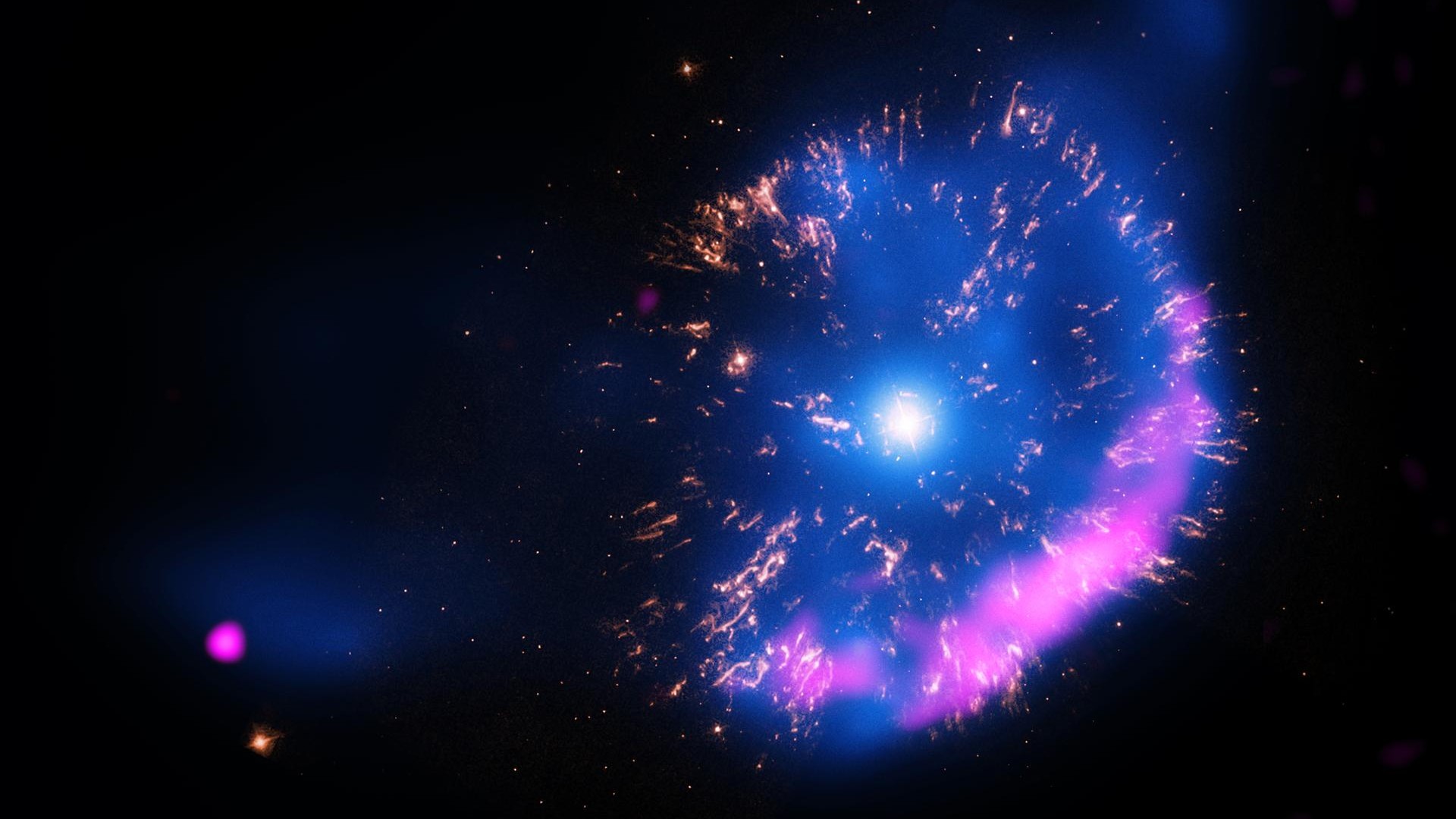Earth from space: Green River winds through radioactive 'labyrinth of shadows'
This 2018 astronaut photo shows a striking section of the Green River as it winds through Utah's "Labyrinth Canyon." The canyon's steep walls cast long shadows that hide many secrets, including caves and abandoned uranium mines.

Where is it? The Green River, Utah. [38.60374645, -110.01789258].
What's in the photo? A section of the river that winds through a deep, shadowy canyon.
Who took the photo? An unnamed astronaut on board the International Space Station.
When was it taken? April 22, 2018.
In 2018, an unnamed astronaut on board the International Space Station (ISS) snapped this striking shot of a section of the Green River winding through a steep canyon in Utah. Shadows from the canyon walls give the scene a striking 3D effect when viewed from above.
The Green River is a 730-mile-long (1,175 kilometers) tributary of the Colorado River that runs through Wyoming, Colorado and Utah. The waterway gets its name from the high concentrations of sediments suspended in its deep waters, which give it a green hue.
The section of the river in the photo is located around 25 miles (40 km) north of Canyonlands National Park. This part of the river runs along the bottom of a steep canyon, known as Labyrinth Canyon, which zigzags for around 70 miles (110 km). The canyon walls are around 1,000 feet (300 meters) deep, on average, according to NASA's Earth Observatory.
A standout feature in this image is Bowknot Bend (top left), a 7.5-mile-long (12 km) loop where the river doubles back on itself. At the point where the river runs side by side, the canyon wall has partially crumbled due to erosion on each side, creating a low barrier known as a saddle.
At some point in the next few hundred or thousand years, the saddle will be completely washed away by the river, which will create an oxbow lake — an isolated, crescent-shaped lake that is no longer part of the river, according to NASA's Earth Observatory. When this happens, the new lake could eventually dry out completely if water evaporates from it quicker than rain fills it up.
Related: 12 amazing images of Earth from space

Labyrinth Canyon is part of the Colorado Plateau — a roughly 130,000-square-mile (337,000 square km) area of raised, mostly desert land that spans across the borders of five states. Around 6 million years ago, the plateau started rising due to tectonic activity caused by swelling in Earth's mantle. So far, it has risen by several thousand feet, according to the National Park Service.
Get the world’s most fascinating discoveries delivered straight to your inbox.
During this period of continental uplift, the Green River has cut through the surrounding rock, carving out the canyon it now sits in. A similar process caused the Colorado River to carve out the Grand Canyon, which is located around 205 miles (330 km) southwest of Labyrinth Canyon on the other side of the Colorado Plateau.
The carving process also created many caves and alcoves that are embedded in the base of Labyrinth Canyon's steep walls, which can be explored by tourists who kayak along the river, according to NASA's Earth Observatory. However, these are not the area's only hidden secrets.
The canyon is also home to several abandoned uranium mines that were built into its walls in the 1940s to extract the radioactive ore from ancient rocks exposed by the river, according to the Utah Geological Survey. One of those sites, the Aileen Mine, lurks somewhere in the shadows in this image, according to NASA's Earth Observatory.

Harry is a U.K.-based senior staff writer at Live Science. He studied marine biology at the University of Exeter before training to become a journalist. He covers a wide range of topics including space exploration, planetary science, space weather, climate change, animal behavior and paleontology. His recent work on the solar maximum won "best space submission" at the 2024 Aerospace Media Awards and was shortlisted in the "top scoop" category at the NCTJ Awards for Excellence in 2023. He also writes Live Science's weekly Earth from space series.


